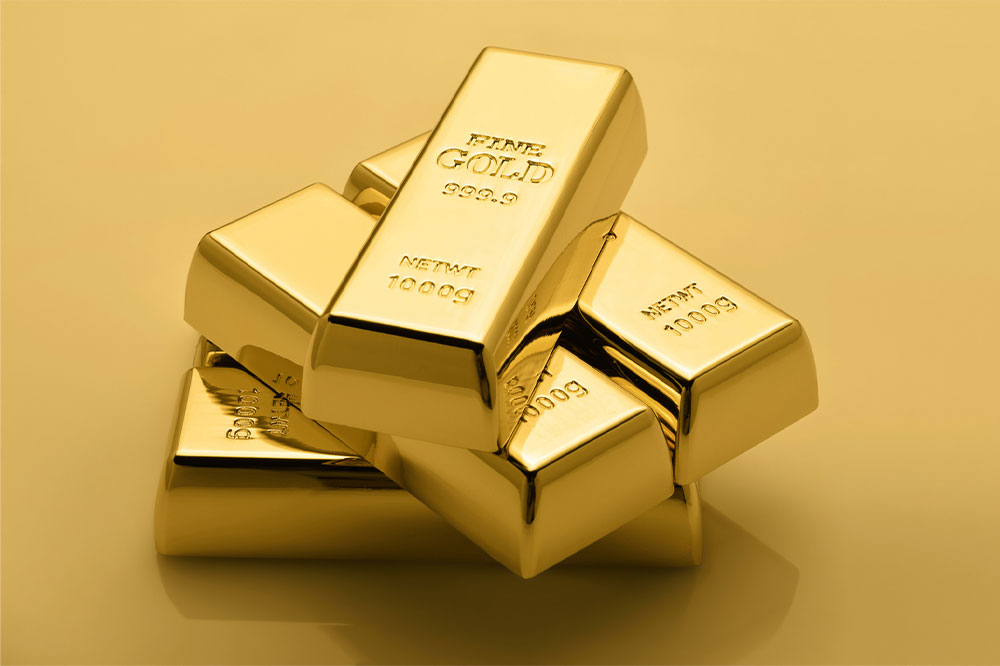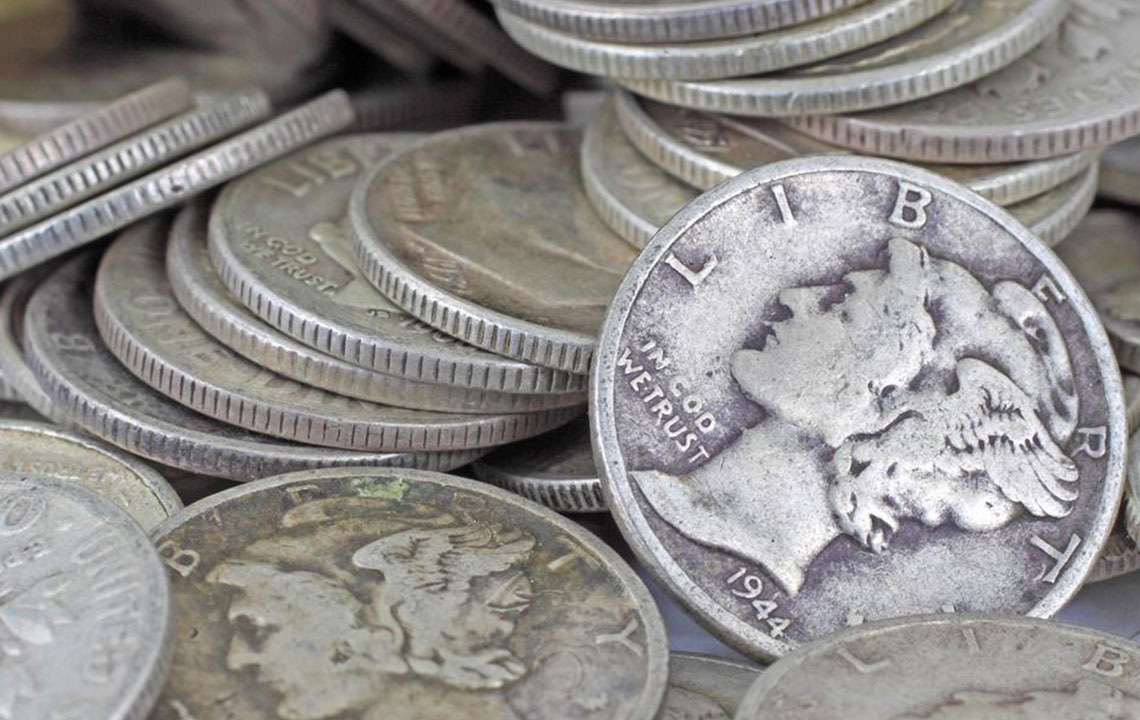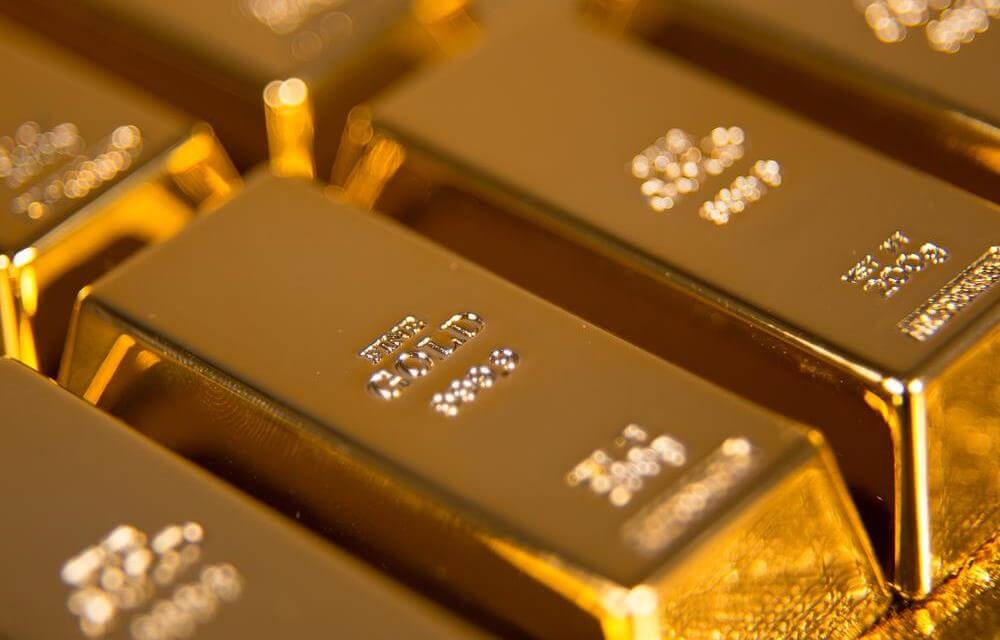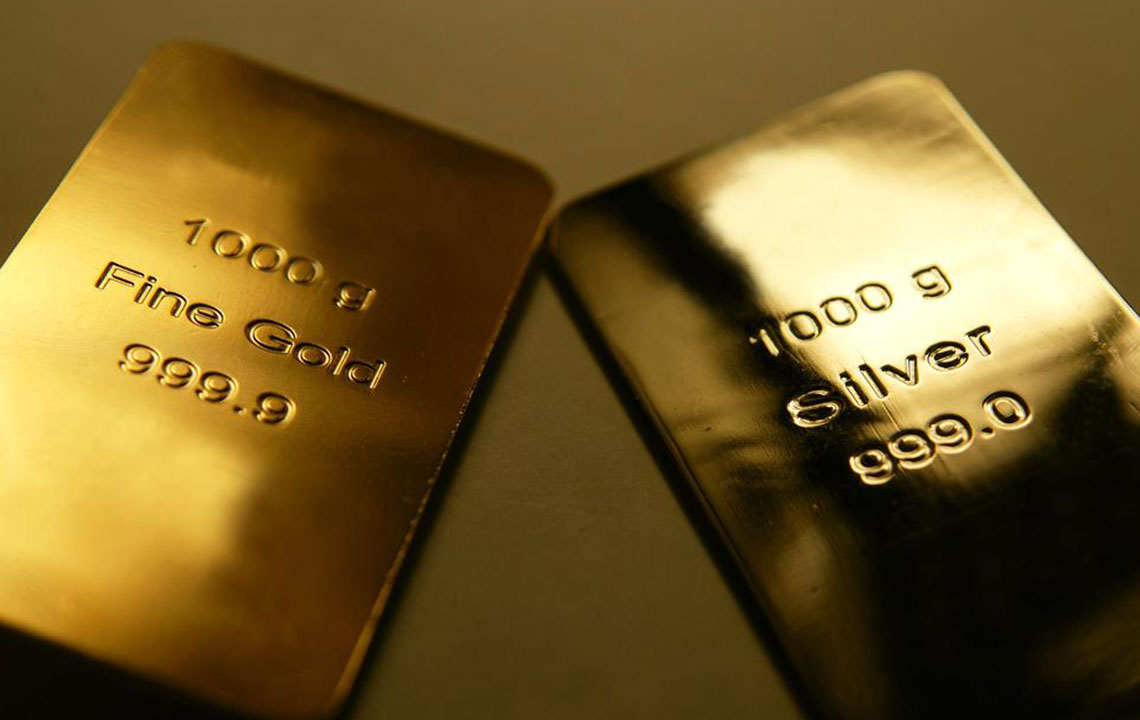A Comprehensive Guide to Rare and Precious Metals: Unlocking Their Value and Uses
This detailed article explores rare and precious metals, discussing their unique properties, sources, and their crucial roles in industry, technology, and investment. It highlights key metals like gold, platinum, rhodium, and more, providing insight into their extraction and significance in the global market. An essential read for investors, industry players, and enthusiasts interested in understanding the value chain and future outlook of these valuable elements.

Comprehensive Insights into Rare and Precious Metals: Their Significance and Applications
Within the entire periodic table comprising 118 known elements, only a select few are categorized as precious metals. These metals are distinguished by their rarity, unique chemical properties, and often higher market valuation in comparison to more common metals like iron or aluminum. Their scarcity, combined with high demand across various industries, makes them highly valuable commodities that play crucial roles in modern technology, finance, jewelry, and manufacturing sectors.
What Defines a Metal as 'Precious'? A precious metal is typically characterized by its rarity, durability, corrosion resistance, and often, its aesthetic appeal. Historically, metals such as gold, silver, and platinum have been regarded as symbols of wealth and prosperity due to their scarcity and malleability. Over time, other metals like palladium and rhodium have gained recognition for their industrial importance, especially in automotive and electronic sectors, further elevating their status as valuable assets globally.
Gold, silver, and platinum are the most traditionally celebrated precious metals, widely traded on global markets and sought after by investors and consumers alike. These metals serve not only as mediums of exchange and stores of value but also as fundamental components in various high-tech and industrial applications. Their distinctive qualities—such as excellent electrical conductivity, chemical stability, and aesthetic appeal—make them irreplaceable in many critical uses.
Gold stands out as a global financial reserve asset. Central banks around the world hold significant reserves of gold as a safeguard against currency fluctuations and inflation. This metal’s intrinsic properties, including its malleability and resistance to corrosion, have cemented its role in both monetary policy and individual investment portfolios.
Beyond gold, a range of other metals are classified as rare and precious based on their unique properties, production difficulty, and industrial importance. These metals include platinum, rhenium, ruthenium, rhodium, iridium, osmium, palladium, and silver. Each possesses distinct characteristics that influence their market value and application spectrum, making them critical in various technological, industrial, and decorative fields.
Top Nine Rare and Precious Metals: Characteristics and Significance
Platinum : With an abundance of approximately 0.003 parts per billion, platinum is one of the most prevalent among the rare metals. Its high resistance to corrosion, excellent malleability, and catalytic properties make it highly sought after in jewelry, catalytic converters, and industrial processes.
Rhenium : An exceptionally dense metal, rhenium is produced chiefly as a by-product during copper and molybdenum ore processing. Its extremely high melting point and rarity make it indispensable in aerospace alloys and high-temperature superalloys.
Ruthenium : Derived from platinum and palladium ores, ruthenium is a resilient, lustrous silver-white metal. Its excellent electrical conductivity and resistance to corrosion make it valuable in electronics, solar technology, and catalytic applications.
Rhodium : Recognized as the rarest and most expensive precious metal, rhodium’s high reflectivity and corrosion resistance are crucial in automotive catalytic converters, optical instruments, and decorative coatings. Its rarity significantly impacts its market value.
Iridium : A dense, white metal produced during nickel refining, iridium is favoured for high-precision scientific instruments such as compass bearings, spark plugs, and standards measurement bars due to its stability and corrosion resistance.
Osmium : Recognized as the densest naturally occurring element, osmium is brittle with a distinctive bluish hue. Its applications extend to electrical contacts, fountain pen nibs, and specialized instrument components where extreme durability is required.
Gold : Valued for millennia, gold remains the most popular investment metal due to its high malleability, resistance to tarnish, and ease of fabrication into jewelry and coins.
Palladium : Extensively used in automotive catalytic converters to reduce harmful emissions, palladium also finds use in electronics, dental materials, and jewelry due to its malleability and heat resistance.
Silver : Known for its superb electrical and thermal conductivity, silver plays a vital role in electronics, batteries, mirrors, and photographic films, in addition to its decorative use in jewelry and ornaments.
Where are these exceptional metals mined?
Canada and South Africa dominate platinum production, owing to their extensive deposits.
Rhenium is primarily produced as a by-product during copper ore processing, with notable deposits in North America and Chile.
Ruthenium is mined in regions such as North and South America, Russia’s Ural Mountains, and parts of Africa.
South Africa, Russia, and Canada lead in rhodium extraction, with additional sources in American sands and deposits.
Iridium is sourced from the US, South Africa, Russia, Australia, and Brazil, often as a by-product of platinum and nickel mining.
Osmium deposits are identified across North America, South America, and Russia, typically associated with platinum-group metals.
Major gold mining occurs in the US, South Africa, China, Australia, and Russia, where rich reserves support extensive extraction efforts.
Brazil is the leading producer of palladium, with significant silver mining activity also in Mexico, Peru, and Chile.
Why are these metals considered precious?
The core reason lies in their scarcity. Natural rarity combined with robust demand across industrial, technological, and investment sectors drives their high prices. As scientific research advances and new applications emerge, the importance of these metals continues to grow. Recognizing their rarity is vital for investors, manufacturers, and policymakers aiming to understand their market dynamics and strategic value.





